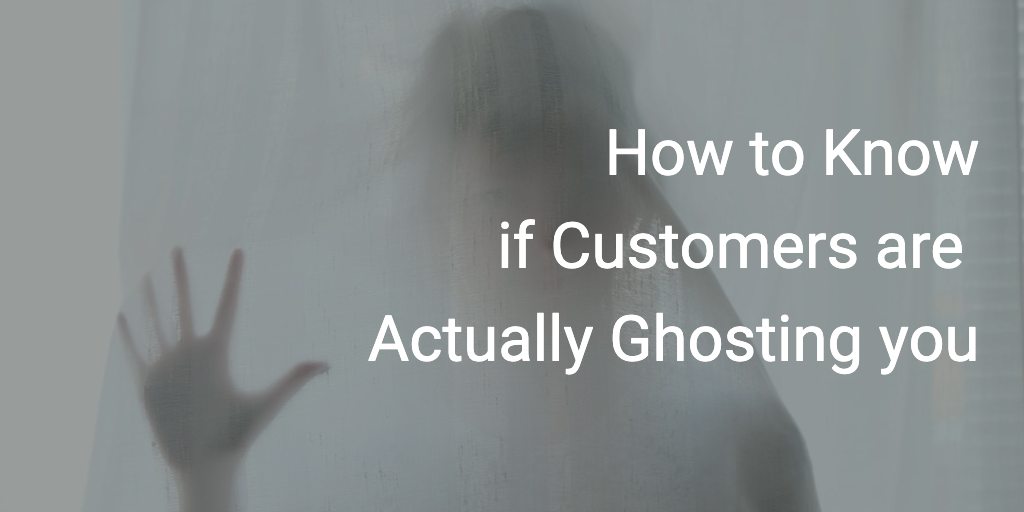 When there is a legitimate reason for a customer to interact with you – based on helping them to get value from their relationship with you – but they are not… we say, in the parlance of our times, that they’re ghosting you.
When there is a legitimate reason for a customer to interact with you – based on helping them to get value from their relationship with you – but they are not… we say, in the parlance of our times, that they’re ghosting you.
But… sometimes what you think is “ghosting” … well, it just isn’t.
Let’s look at this in some detail, shall we?
Perhaps the customer…
- is on vacation
- is in their busy time of year (or quarter or month)
- has entered their off-season
- had organization changes you didn’t know about
- Or, they are engaged with your product and feel like that’s enough. This means that their Appropriate Experience (AX) doesn’t include the type, quantity, and/or frequency of communication you’re shoveling on them.
In other words, the customer may not be responding to you, but they aren’t actively ghosting you.
But how can you know if they’re not really ghosting you.
Well, you could:
- Ask them to let you know about upcoming PTO for stakeholders
- Pay attention to Out of Office messages
- Get to know the industry of your customers
- Make sure you know about org changes (ask them to tell you this, too)
Actually figure out their AX to operationalize around
There are about a million other ways, too, that all pretty much come down to (shocker) communication and knowing your customers better than they know themselves.
But, if there truly is a logical reason for the customer to communicate with you, and they aren’t, then they really are ghosting you and you need to do something to restart communication with them.
And if there really isn’t a logical reason for the customer to communicate with you, it may be less about gimmicks to jar them into action and more about acceptance of that lack of communication as simply the reality of their AX.
You just feel like they should talk more, but they’re not the talkative type.
Of course, you could get creative and come up with “reasons” for the customer to communicate or further engage with you, but that may require a reengineering (or engineering in the first place!) of the entire customer experience around this new engagement model.



